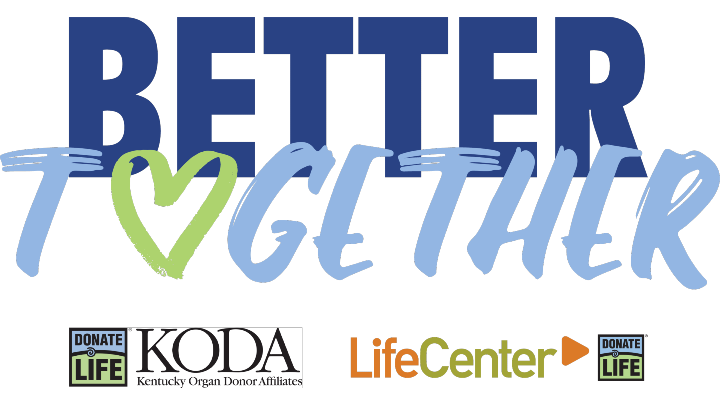Most of us are well aware of the fact that organ donation saves lives, but what sometimes goes overlooked is how tissue donation saves and enhances the lives of thousands of individuals each year as well. Through donated and/or transplanted tissue, burn victims can receive life-saving skin grafts, athletes can enjoy revived mobility after debilitating muscle or ligament injuries, and visually impaired people can receive new sight through cornea donation.
To help spread the word about this vitally important issue, below are 10 things you need to know about tissue donation.
- Tissue donation refers to a process by which a deceased person donates parts of his/her body (e.g., skin, heart valves, ligaments, bones, veins, corneas, etc.) for use in transplant procedures in order to repair various defects, injuries, and so forth.
- Donated tissue such as heart valves, connective tissue, skin, etc., can dramatically improve a recipient’s quality of life, and in many cases, it can mean the difference between life and death.
- There are over 1 million tissue transplant surgeries performed each year in the United States alone. In fact, it is estimated that every year, roughly 1 in 20 Americans will require some type of tissue transplant.
- Everyone from infants to nonagenarians can donate (and have donated) tissue if they are medically suitable at the time of death.
- Through the selfless decision of just one donor, the lives of up to 75 individuals can be positively impacted through tissue donation. Not only can lives be saved, but individuals who were once relegated to living a life of laborious and expensive routine medical treatments can enjoy a dramatically improved quality of life.
- Here are some amazing examples of how donated tissue can save or enhance an individual’s life:
* Donated bone can be used for various reconstructive procedures
* Donated skin can bring relief and healing to burn victims or individuals with serious infections
* Donated veins can help restore circulation
* Donated bones can help prevent the need for an amputation to be performed
* Donated heart valves can repair various cardiac defects
* Donated corneas can give the gift of sight to the visually impaired
* Donated ligaments and tendons can restore mobility and hope to Armed Forces personnel who have suffered life-altering injuries in combat
- Unlike organs, donated tissue can be stored for longer periods of time, providing more versatility to medical professionals who can use them for various cases (e.g., severe burns, bone replacement, ligament repair, etc.).
- Each year, more than 25,000 tissue donors provide restorative, life-saving tissue for transplant operations.
- The various tissues that are commonly used in transplant operations (e.g., skin, heart valves, veins, ligaments, etc.) can normally be recovered up to 24 hours after the donor’s death has occurred.
- According to recent surveys, 95% of Americans believe that is important to be a tissue and/or organ donor, but only 54% have actually registered to become donors. This needs to change!
As you can see, the potential impact that just one person can have by deciding to become a tissue donor can create an exponential positive effect on dozens of other people’s lives. If you haven’t yet decided to become a tissue and/or organ donor, be sure to say “YES!” to life by registering today!
Read the story of Tissue Donor, Chamoda Kennedy-Palmore, and Tissue Recipient, Lori Baker.







